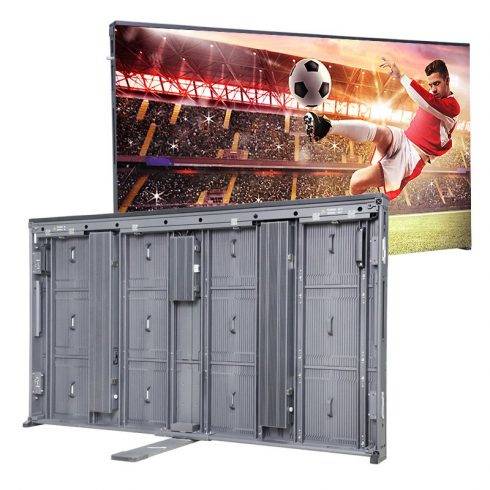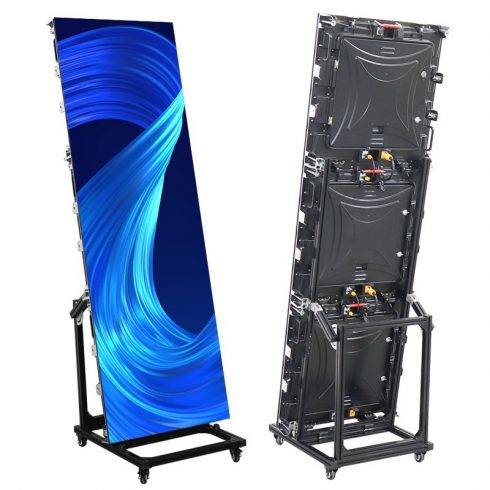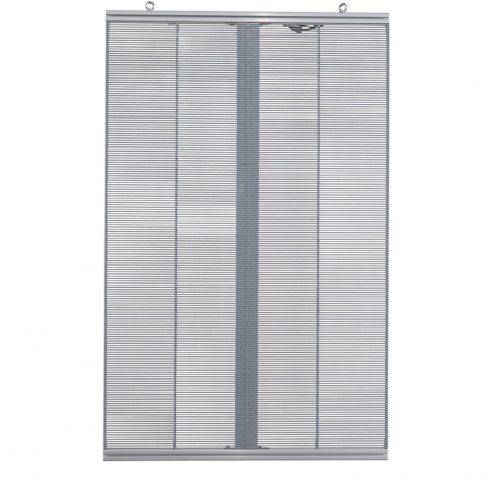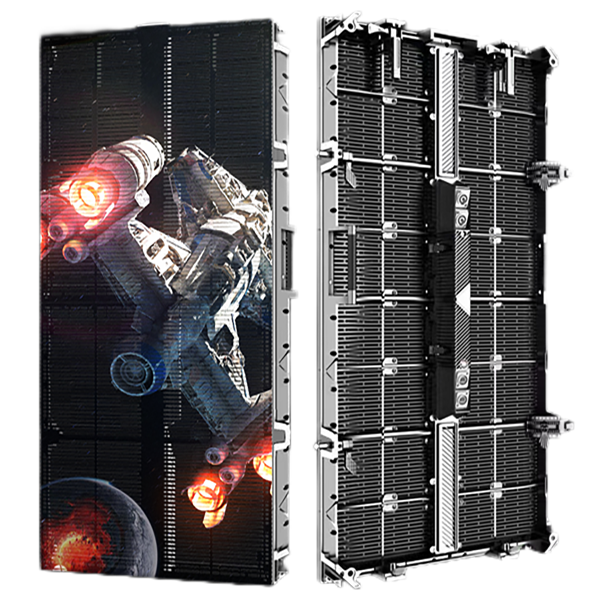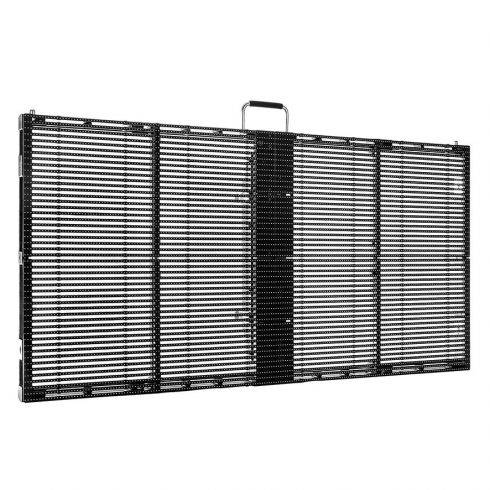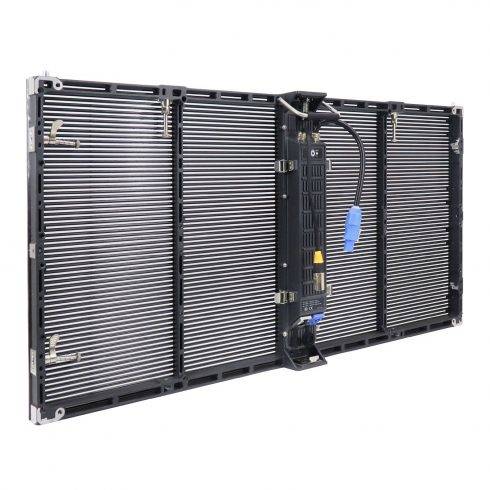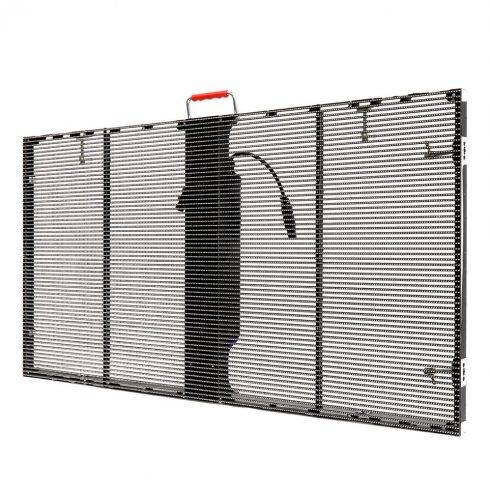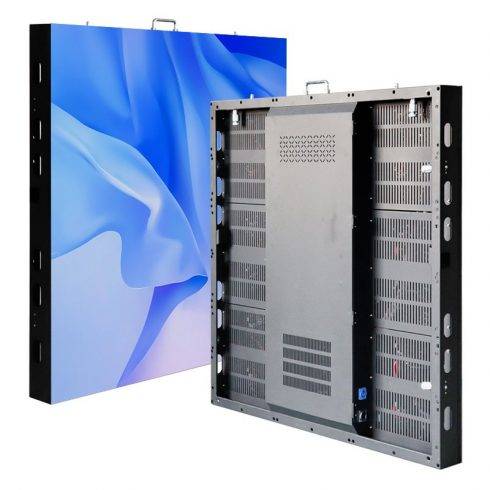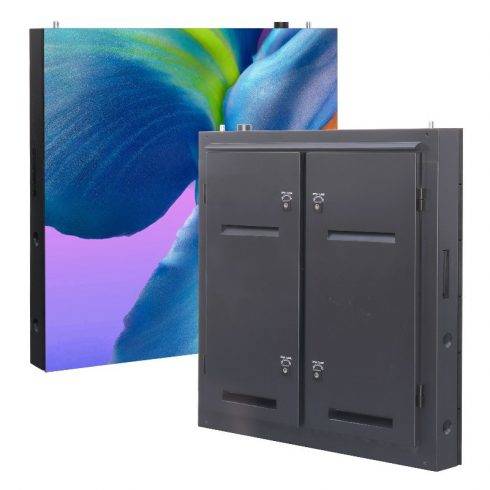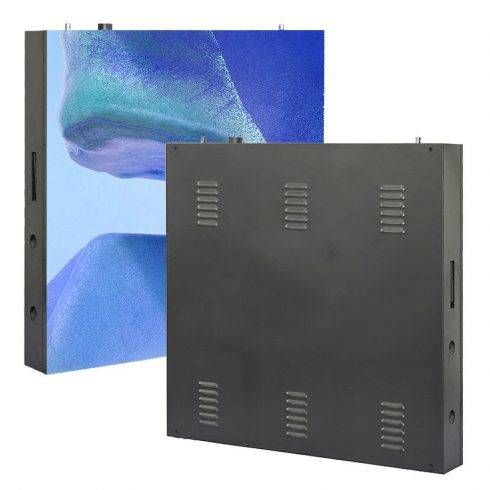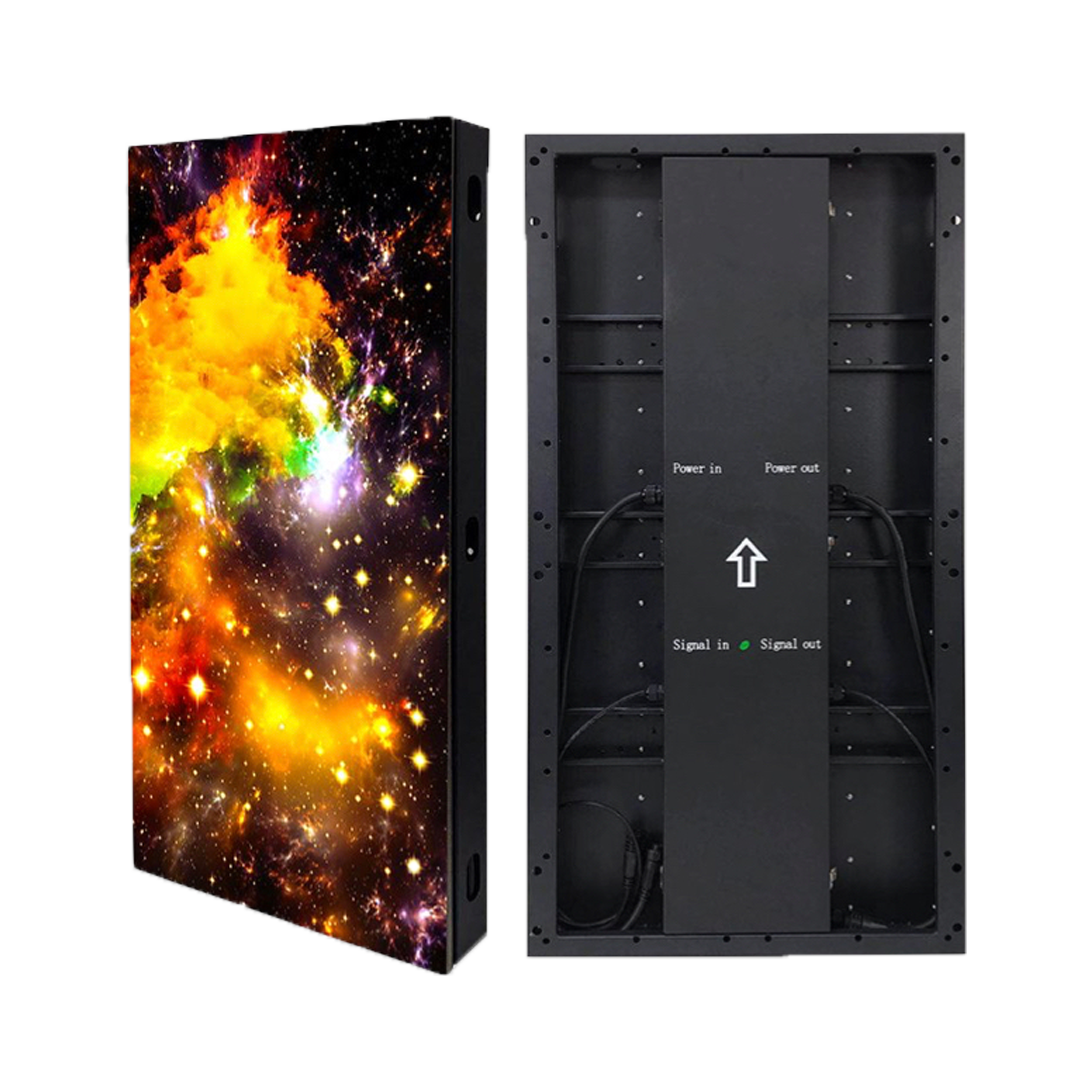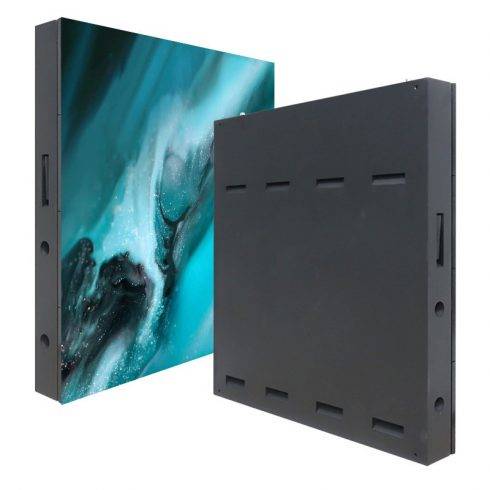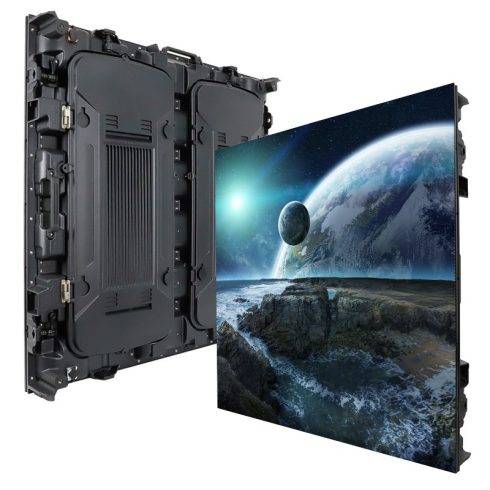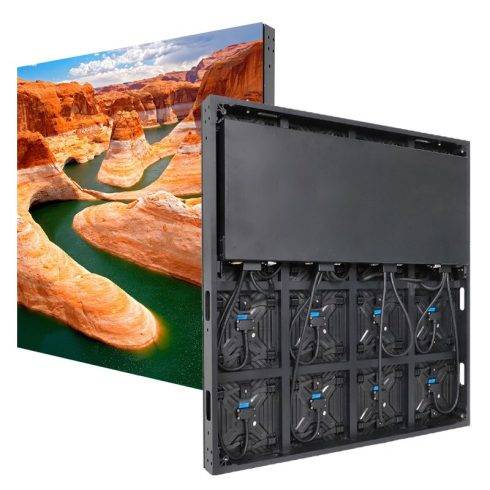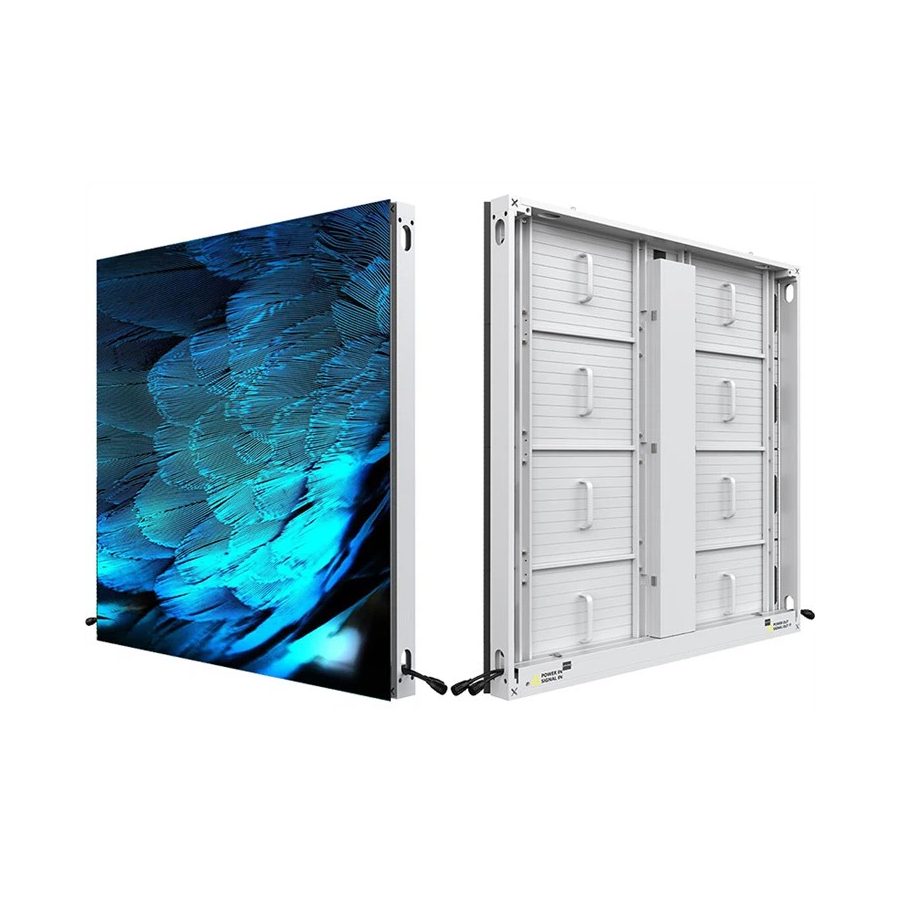In recent years, the advancements in digital technology have revolutionized how we perceive and interact with visual content. Among the many innovations, the Floor LED Display stands out as a game-changer, offering a unique blend of functionality and aesthetic appeal. This essay delves into the intricacies of Floor LED Displays, exploring their history, technological advancements, applications, and the impact they have on various industries.
The Genesis of Floor LED Displays
The concept of Floor LED Displays is rooted in the broader evolution of LED technology. Light Emitting Diodes (LEDs) have been around since the 1960s, primarily used as indicator lights in electronic devices. Over the decades, advancements in semiconductor materials and manufacturing processes have led to the development of high-brightness LEDs, paving the way for their use in more demanding applications, including displays.
Floor LED Displays emerged as a novel application of this technology in the early 21st century. Initially used in high-profile events and installations, these displays quickly gained popularity due to their ability to captivate audiences with dynamic visuals and interactive capabilities. The integration of robust materials and advanced software has made them a viable solution for both indoor and outdoor environments.
Technological Advancements
The sophistication of Floor LED Displays is a testament to the rapid pace of technological innovation. Key components that contribute to their functionality include:
- High-Resolution Panels: Modern Floor LED Displays feature high-resolution panels that deliver crisp, clear images. The pixel pitch, or the distance between individual LEDs, has decreased significantly, allowing for more detailed and vibrant displays.
- Durable Materials: Given their application, Floor LED Displays are designed to withstand substantial foot traffic and environmental factors. The use of tempered glass, high-grade polymers, and reinforced frames ensures longevity and durability.
- Advanced Control Systems: The heart of any LED display is its control system. Contemporary Floor LED Displays utilize sophisticated control systems that enable real-time content updates, interactive features, and seamless integration with other digital systems.
- Energy Efficiency: LEDs are inherently energy-efficient, consuming less power compared to traditional lighting technologies. This attribute is particularly beneficial for large-scale displays, where energy consumption can be a significant concern.
Applications Across Industries
Floor LED Displays have found applications in a wide array of industries, each leveraging the technology to enhance user experiences and achieve specific objectives.
- Retail and Advertising: In the retail sector, Floor LED Displays are used to create immersive shopping experiences. Interactive floors can guide customers through stores, highlight promotions, and provide engaging brand storytelling. In advertising, these displays offer a dynamic medium for eye-catching campaigns that can adapt to different audiences and contexts.
- Entertainment and Events: From concerts to trade shows, Floor LED Displays are a staple in the entertainment industry. They provide stunning visual effects that enhance performances and create memorable experiences for attendees. Interactive dance floors and stage backdrops are just a few examples of their use in live events.
- Hospitality and Tourism: Hotels, resorts, and tourist attractions utilize Floor LED Displays to engage visitors and enhance their experience. Interactive maps, virtual tours, and themed displays can transform ordinary spaces into captivating environments.
- Education and Corporate Settings: In educational institutions and corporate offices, Floor LED Displays serve as powerful tools for communication and collaboration. Interactive displays can facilitate engaging presentations, provide real-time data visualization, and support collaborative learning and working environments.
- Public Spaces and Transportation: Airports, train stations, and other public spaces benefit from the use of Floor LED Displays for wayfinding, information dissemination, and entertainment. These displays can guide passengers, provide real-time updates, and offer a unique platform for public art installations.
The Impact on Visual Communication
The advent of Floor LED Displays has had a profound impact on visual communication. By transforming static floors into dynamic canvases, these displays offer new possibilities for storytelling and interaction. They break the boundaries of traditional media, allowing for a more immersive and engaging experience.
- Enhanced Engagement: One of the primary advantages of Floor LED Displays is their ability to capture and hold attention. The combination of motion, color, and interactivity makes them an effective medium for engaging audiences in various contexts.
- Versatility: The versatility of Floor LED Displays is unmatched. They can be used for branding, entertainment, education, and more, adapting to the needs of different environments and audiences. This adaptability makes them a valuable asset for any organization looking to enhance its visual communication strategy.
- Interactivity: Interactivity is a key feature of modern Floor LED Displays. By responding to touch, movement, or other inputs, these displays create a more engaging and personalized experience for users. This interactivity can be leveraged for educational purposes, marketing campaigns, or simply to entertain.
- Aesthetic Appeal: Beyond their functional benefits, Floor LED Displays add aesthetic value to any space. Their sleek, modern design and vibrant visuals can transform ordinary floors into works of art, enhancing the overall ambiance of the environment.
Challenges and Future Prospects
Despite their many advantages, Floor LED Displays are not without challenges. The initial cost of installation can be high, and maintaining these displays requires specialized knowledge and skills. Additionally, ensuring compatibility with existing infrastructure and systems can be complex.
Looking to the future, the prospects for Floor LED Displays are promising. Continued advancements in LED technology, coupled with innovations in software and materials, will likely lead to even more sophisticated and cost-effective solutions. The integration of artificial intelligence and augmented reality could further enhance the interactivity and functionality of these displays, opening up new possibilities for their use.
Conclusion
Floor LED Displays represent a significant leap forward in the realm of visual communication. Their ability to transform static surfaces into dynamic, interactive experiences has revolutionized various industries, from retail and entertainment to education and public spaces. As technology continues to evolve, the potential for Floor LED Displays to shape our visual landscape is immense, promising a future where floors are not just walked on, but experienced in vibrant, captivating ways.







